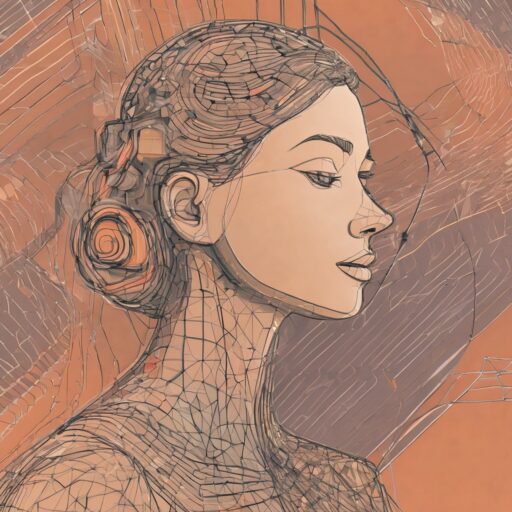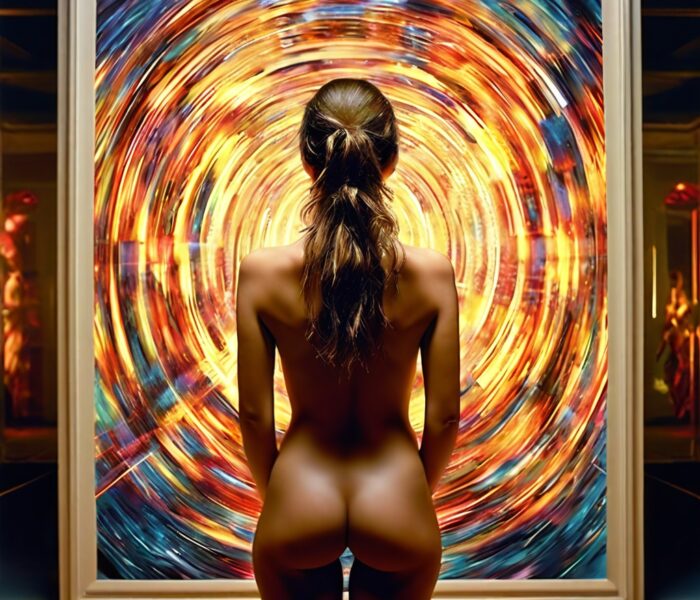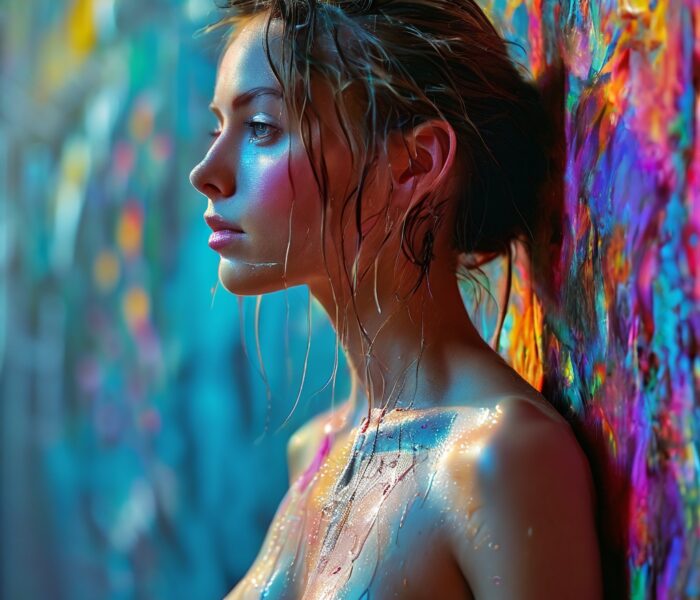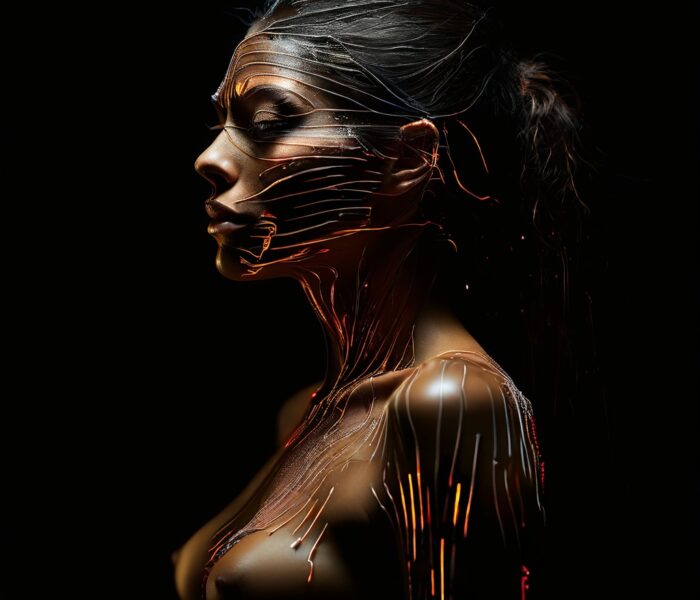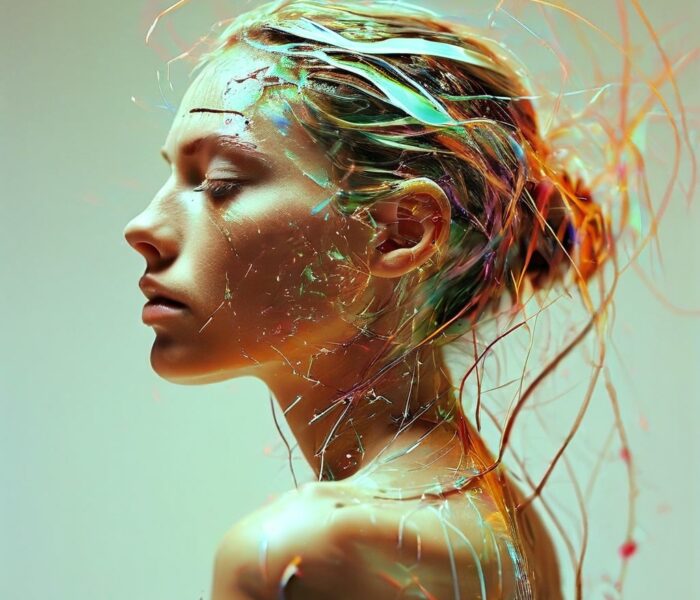
The subject of nudes, especially in art, has been of great importance for centuries. The depiction of the human body has fascinated and challenged artists of all eras, as they sought to capture not only physical form, but also emotions, movements, and relationships. In recent years, the use of generative artificial intelligence (AI) has opened up new perspectives on the representation of nudes and enriched the discourse on art and technology.
Generative AI offers a variety of possibilities for creating nudes and exploring the human body. By analyzing data on anatomy, movement, light, and shadow, AI can generate realistic and detailed representations of the human body that transcend traditional boundaries. This allows artists to explore new forms of creative expression and develop innovative concepts.
A key aspect of using generative AI for nude depictions is the ability to personalize and individualize. AI algorithms can adapt to individual preferences and artistic styles by analyzing data on different painting techniques, styles, and artistic preferences. This allows artists to develop their own unique interpretations of nudes and realize their artistic vision.
In addition, generative AI offers the opportunity to explore experimental approaches and new forms of aesthetic expression. By combining traditional techniques with modern computer-aided processes, artists can develop innovative concepts that challenge traditional notions of nude representations and open up new aesthetic horizons.
Another important aspect is the efficiency that generative AI brings to the artistic creation process. By delivering fast and accurate results, AI allows artists to spend more time developing and refining their creative vision, rather than focusing solely on technical aspects.
Although there are many benefits to using generative AI for nude representations, there are also challenges and ethical issues that need to be considered. These include issues of authenticity, copyright, and responsibility in dealing with sensitive issues such as nudity and sexuality.
Overall, the use of generative AI for nude representations offers an exciting opportunity for artists to explore new avenues of creative exploration and expand their artistic practice. By combining human creativity and machine intelligence, new forms of artistic expression can emerge that challenge traditional notions of art and beauty and advance the discourse on art and technology.
What are the ethical aspects of files with the help of generative AI?
The use of generative artificial intelligence (AI) for file generation raises a number of ethical aspects and questions that need to be carefully considered:
- Privacy and consent: The use of generative AI to generate files could raise potential data protection and privacy concerns, especially if the generation is based on personal data or images without the consent of data subjects. It is important to ensure that the privacy and rights of the people depicted are respected and that their consent is obtained before their data is used.
- Authenticity and manipulation: Generative AI models can produce realistic images of nudes that are almost indistinguishable from real photographs. This carries the risk of forgery and manipulation, especially if the generated images are presented without appropriate labeling or hints. It is important to ensure that the authenticity and integrity of the generated images is maintained and that they are clearly marked as synthetic or generated when they are published.
- Objectivity and bias: Generative AI algorithms can be influenced by the data on which they have been trained and may reflect implicit biases or stereotypes. This can lead to distortions or disparities in the images generated, especially in terms of gender, race, or body type. It is important to ensure that the data used to train AI is diverse and representative, and that measures are taken to identify and correct possible biases or inequalities.
- Aesthetics and sensitivity: The depiction of nudes is a sensitive subject that reflects cultural and social norms and values. Generative AI algorithms could produce images that are perceived as inappropriate or offensive if they are not appropriately designed to be sensitive or aesthetically pleasing. It is important to ensure that the images generated adhere to ethical standards and are respectful of the people depicted.
- Responsibility and transparency: Artists who use generative AI to generate files have a responsibility for the ethical use of this technology and the consequences of their work. It is important to provide transparent information about the use of AI and to communicate the potential impacts and risks in order to create awareness of the ethical issues associated with this technology.
Overall, it is important that the use of generative AI for file generation is accompanied by a careful consideration of ethical principles and values, and that appropriate measures are taken to mitigate potential risks and maintain integrity and accountability in this area.
